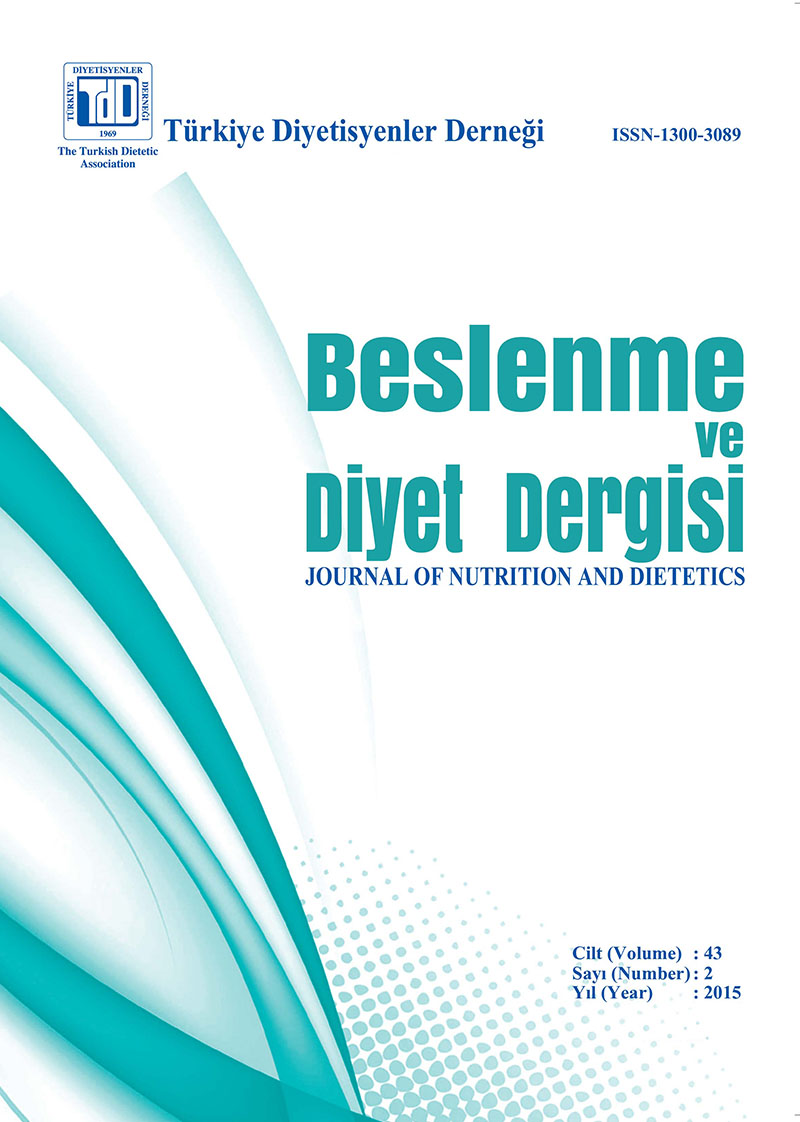Prevalence of Malnutrition in Hospitalized Adult Patients: A Comparison of Four Nutritional Screening Tools
Keywords:
Malnutrition screening tools, NRS-2002Abstract
Aim: The prevalence of hospital malnutrition is high. Although several nutritional screening tools have been developed, none of them is considered as a gold standard for identifying nutritional risk. The aim of the present study was to evaluate malnutrition risk in hospitalized patients by using four nutritional screening tools. Subjects and Methods: The sample of this study was 200 hospitalized adult patients who admitted to Hacettepe University Adult Hospital. Four commonly used screening tools were administered to the hospitalized adult patients to assess malnutrition risk; such as, Malnutrition Screening Tool (MST), Nutritional Risk Screening 2002 (NRS-2002), Short Nutritional Assessment Questionnaire (SNAQ) and Malnutrition Universal Screening Tool (MUST). NRS-2002 was considered as gold standard for evaluation of the sensitivity and specificity of tools. The agreement between tools was determined by χ(kappa) statistics. A sensitivity of ≥80% and specificity of ≥60% were set as precondition for good performance and area under the curve (AUC) values between 0.70-0.80 were interpreted as acceptable for each ROC curve. Results: The mean age of the patients was 49.2±16.1 years (52% men). The prevalence of patients at nutritional risk with the NRS-2002, MST, MUST and SNAQ was 26%, 31%, 28% and 29.5%, respectively. Statistically significant differences were not found between four nutritional screening tools (p>0.05). In this sample of 200 patients the agreement between the tools was moderate (MST-NRS-2002 χ= 0.448, MUST-NRS-2002 χ= 0.463, SNAQ-NRS-2002 χ= 0.434). All screening tools showed higher specificity than sensitivity compared to NRS-2002 (MST 68% and 80.2%; MUST 64% and 83.8%; SNAQ 64% and 81.7%, respectively).Conclusion: This study showed that all screening tools were acceptable to define malnutrition and can be suggested for use in hospitalized adult patients. Since the performance of all tools was similar, easy-to-use screening tools such as MST and SNAQ may be chosen for identification of patients at malnutrition risk.

